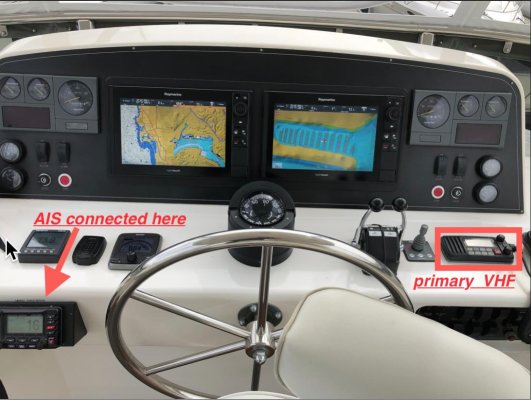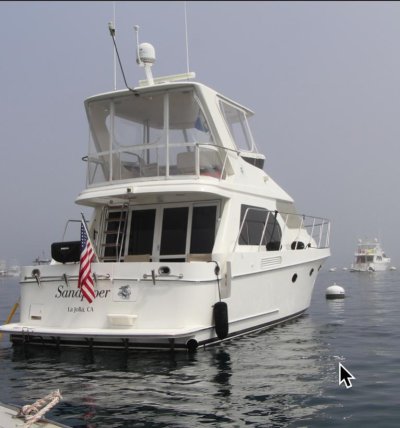I think rslifkin has the explanation, and as I think about it, I experienced exactly this on my boat. I had a faulty VHF that would occasionally generate DSC distress calls. I know, not a good thing. I now recall that it was my AIS that went bonkers when the alert came in, and aft a little bit I realized the call was from MY mmsi

. Then it happened again a few days later which is when I realized I had a defective VHF, actually a defective remote. Replaced that and all was well.
But yes, the AIS receives the alerts, and it creates a data path for those alerts back to the chart plotter that might not otherwise exist directly from the VHFs.



